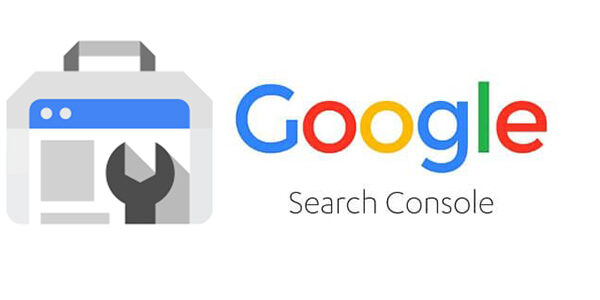We have heard that user-experience is been the most vital part of every successful SEO campaign but many SEO’s don’t always pay serious attention to it, but this time you have to focus on user-experience either it’s related to your mobile website or main navigation or website speed. Many of us agree that Google has put significant efforts to change the SEO game in last 5 years and most of its algorithm changes was related to user-experience including hummingbird, pigeon, mobile-geddon, Amplified mobile pages (AMP), website security and latest “Machine Learning” however it is under process and Google has not started its campaign to convert your structure to comply with this beast. All these algorithm changes are made to enhance user’s experience on Google and off-course on the web, most do agree!
So what’s the game now?
That’s the question you got in your mind now? Ahn alright, I will explain.
Design
A great design consists of three things “Responsive, Intuitive and Inviting”. Again it’s for user and bots both not for search engine only.
If you notice all big names don’t change their web design and structure but keep enhancing their process to make it more useful and easier for the user’s to interact. It’s because they invested a lot to identify what work best for them and for the users and not want to lose their users by anyway.
Content Creation and Readability
Creating SEO optimized, keyword rich content has been a practice for most of the SEO’s off-course it helps you increase your page’s relevance and can provide you boost in rankings but again what happens if you achieved higher rankings but see high “bounce rate” on those pages? How will you translate that then?
Oh Man, I forgot to create content according to my user’s interest.
And you will notice due to that you are losing ranks on many other pages as well due to high bounce created by 1 particular page that contributed high chunk in average bounce rate of your website.
So a good design and great content that is written according to your audience’s interest help you maintain your bounce rate and other important metrics that google accounts in ranking a web page.
Off-course only this doesn’t explain the whole user-experience there is the lot more to improve a website’s UX and SEO.
Performance
Website performance is another important part of user experience and SEO, higher page load time kills all your efforts like a study conducted by Google says a user will most likely exit a web page if it doesn’t respond it 8 seconds.
Optimizing performance is very very important for any website because Google is not the only one here to decide but it directly involves a user to take the decision. Make sure, your website loads faster by eliminating any render-blocking scripts, optimizing your images and HTML code.
Key Metrics to monitor
IIt takes a long time to revisit on your website’s content strategy and optimizing performance to connect UX with your SEO Strategy. Monitoring the user behavior is the next step to make sure it is working for you or not. Most important factors to measure the performance of your user experience and SEO:
- Bounce rate
- Avg. page/ session
- Time on site
- Goal/e-commerce conversion rate
- Returning visitors
Let’s wait for 15 days or so to compare the previous date with the new one to see the difference, remember you must create customized reports to compare performance by devices not you have to work separately for mobile and desktop site.
Conclusion of this whole story is
“SEO should live within and be a part of the user-experience”
I welcome and appreciate any comments, suggestions, additions and queries 🙂


